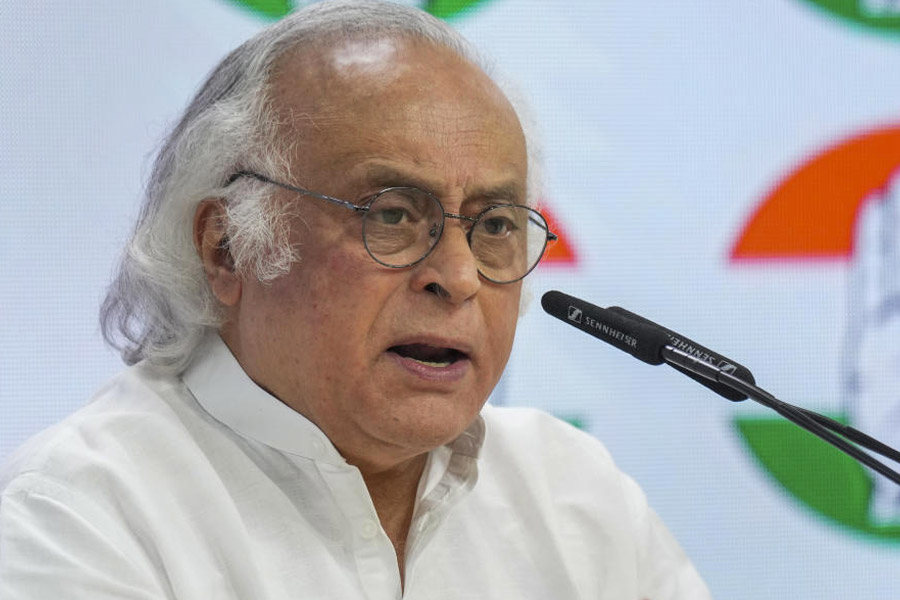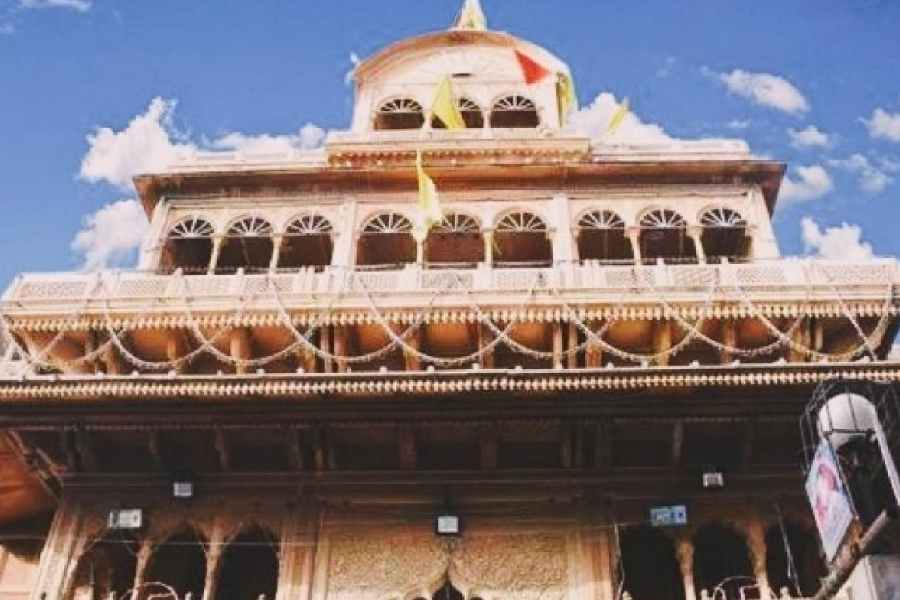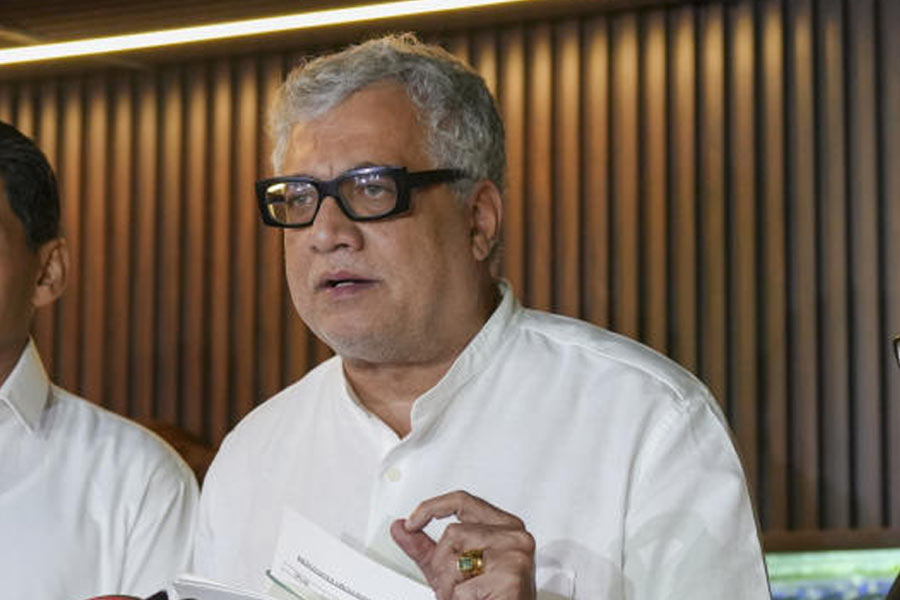.jpg)
On the Diwali stage, clay diyas are once again facing stiff competition from Chinese lights, which are easy to install, long-lasting and thus, cost-effective.
Potters in Hazaribagh have been hard hit by this penchant of revellers to invest in anything of "foreign" make and many are struggling to keep their businesses afloat.
Diya hawker Mantu Prajapati stares blankly as his traditional wares gather dust near Pagoda Chowk on Main Road in the town while the shop on the other side, selling Chinese lamps, remains crowded with customers.
"People don't consider clay diyas fashionable. I have sold very few items in the past few days," Mantu said.
Local residents admitted that Chinese lights were more in demand because of easy installation and affordable rates.
Dhruv Narayan Upadhyay, a government employee and resident of Adarshpuri, explained how "eight metres of Chinese lights cost only Rs 75 while there were others available for Rs 20 as well".
In contrast, a small clay diya may cost as little as Rs 2, but it would take more than 100 of them to decorate the same length, the total price crossing Rs 200.
Salesman Pappu Kumar at Ujjawal electricals at Pagoda Chowk said besides Chinese twinklers, disco bulbs were finding many takers. "Disco bulbs change colour as they rotate. A box may cost around Rs 150," he added.
Diya seller Sohan Prajapati said he had had to cut down rates to get customers. "I am selling 100 ek mukhi diyas for only Rs 50. Tradition was to decorate homes with these. They not only look beautiful, but also kill insects. Times have changed," he said.
Sohan cautioned that Chinese lights were not safe for children. "While people are taking risks of receiving jolts, many potters have stopped making diyas. Our hard work is not giving enough returns," he added.
Schoolteacher Manoj Kumar warned that rampant sale of Chinese lights would cause irreparable damage to the local cottage industry.

.jpg)









